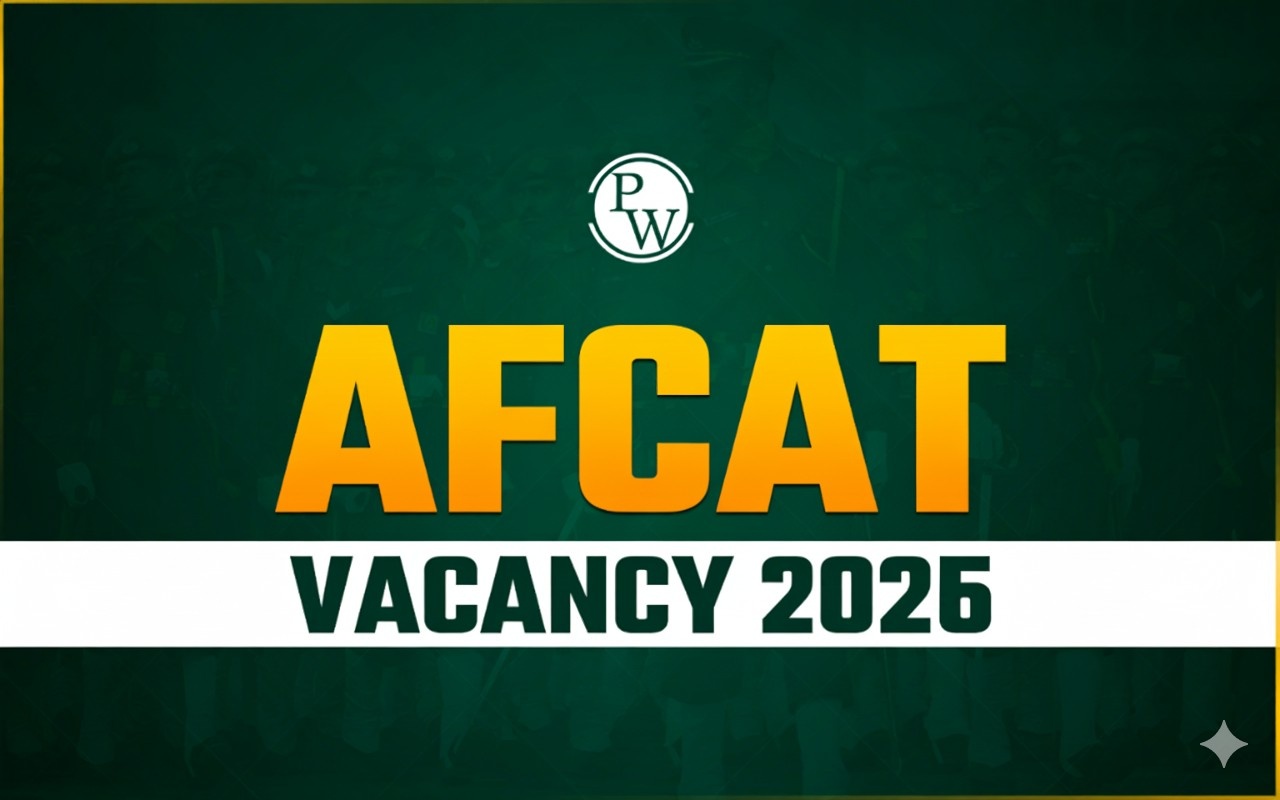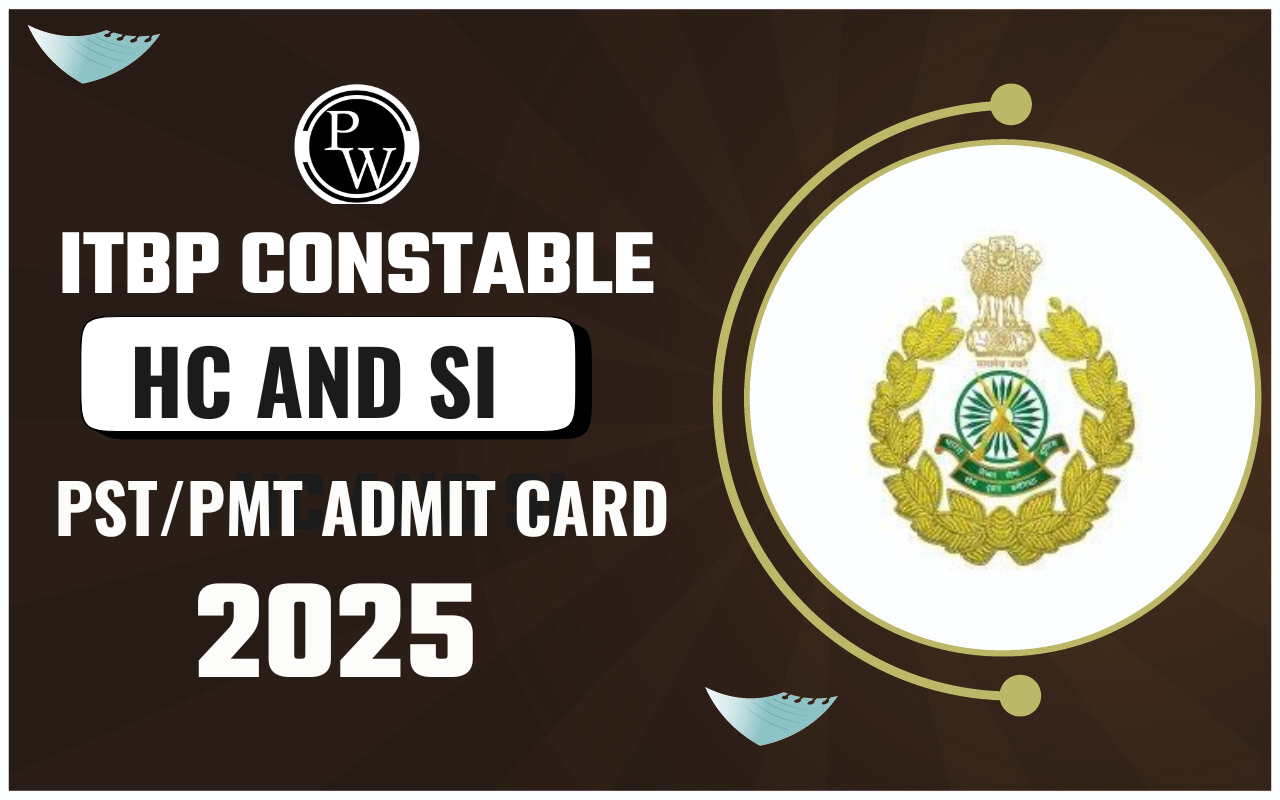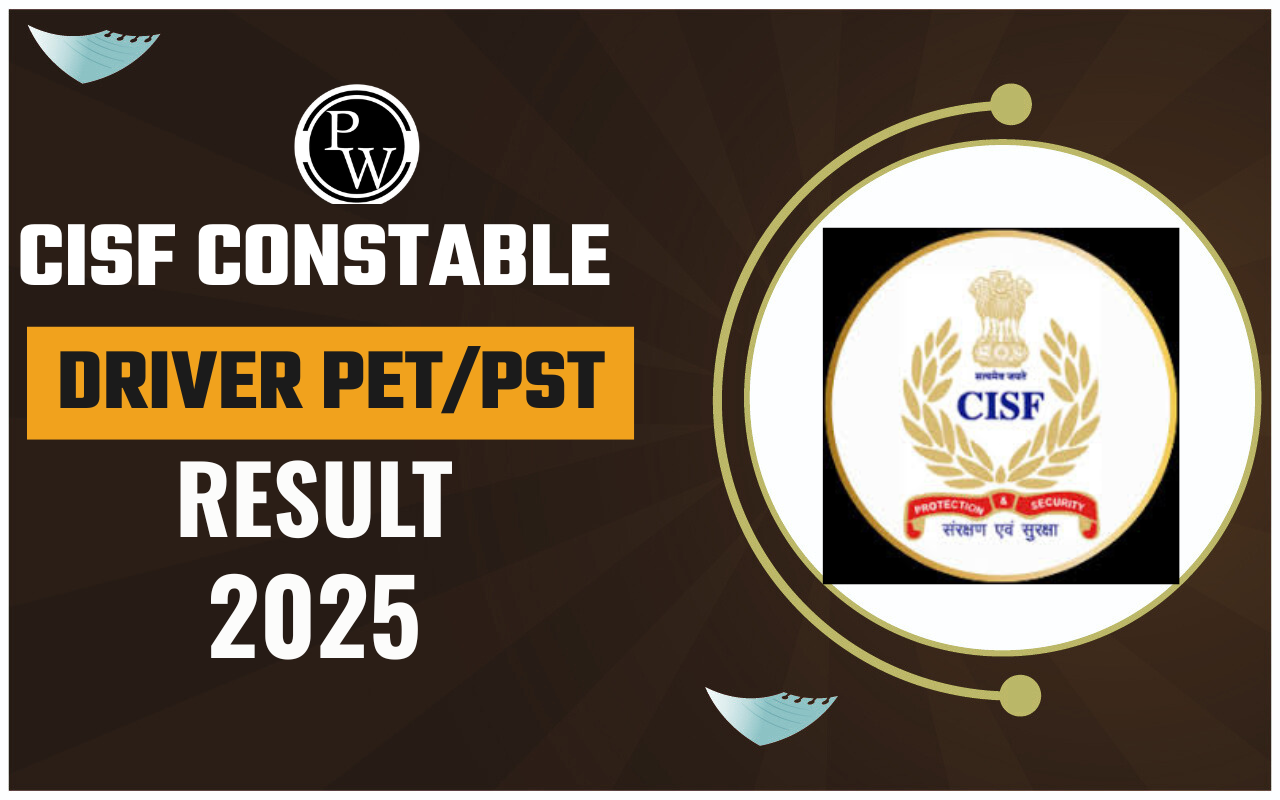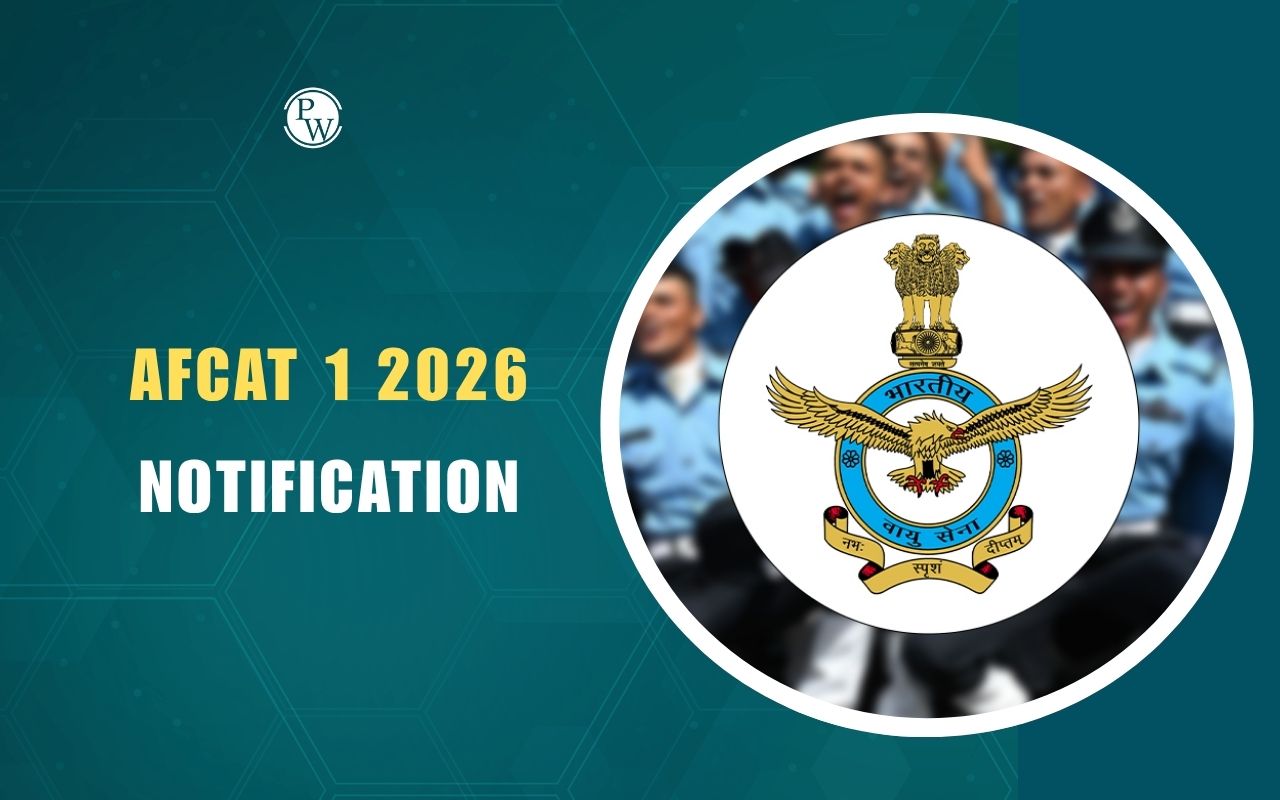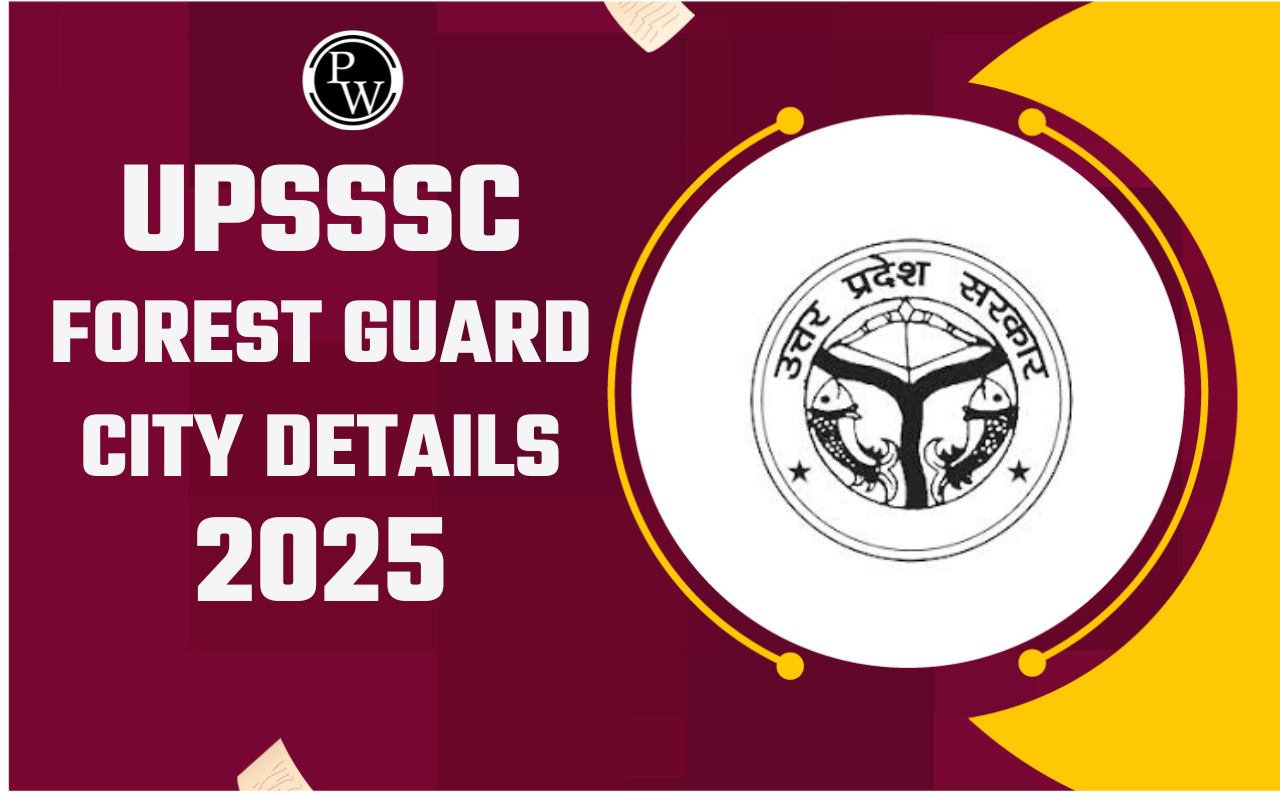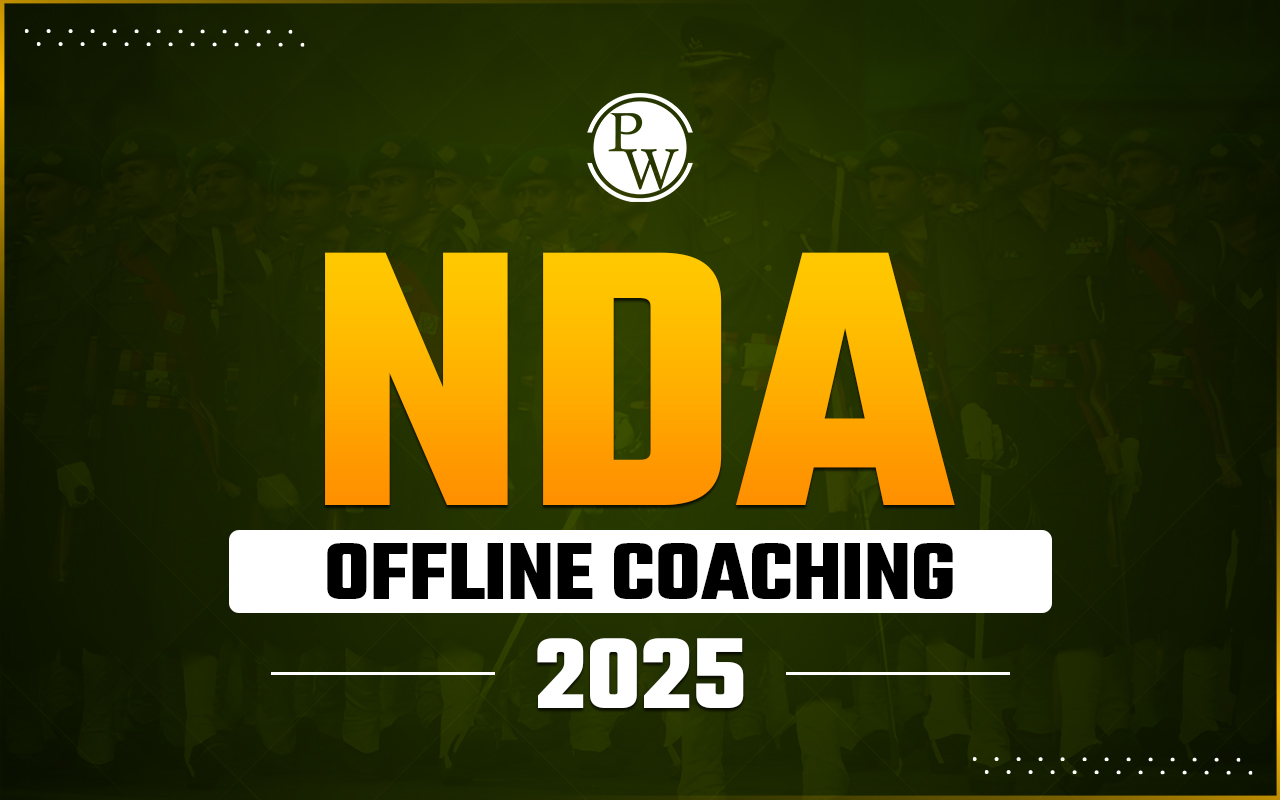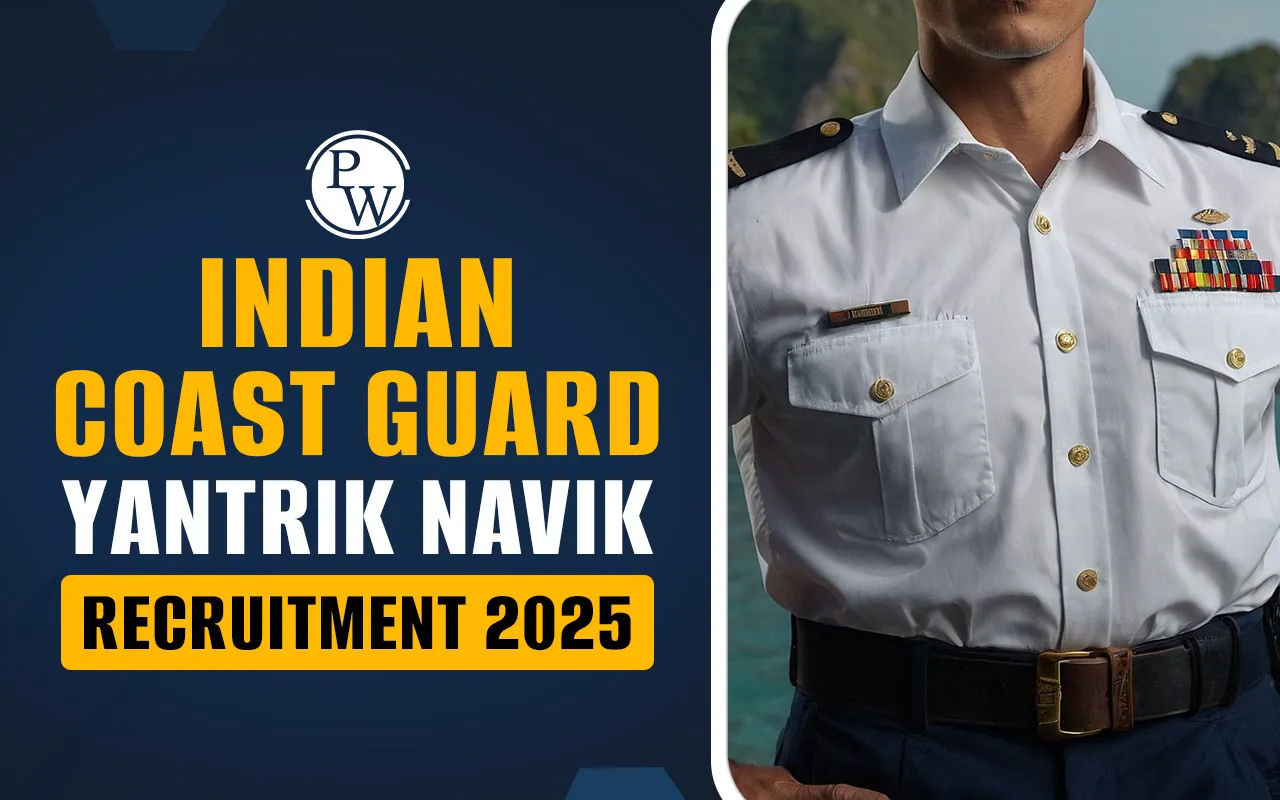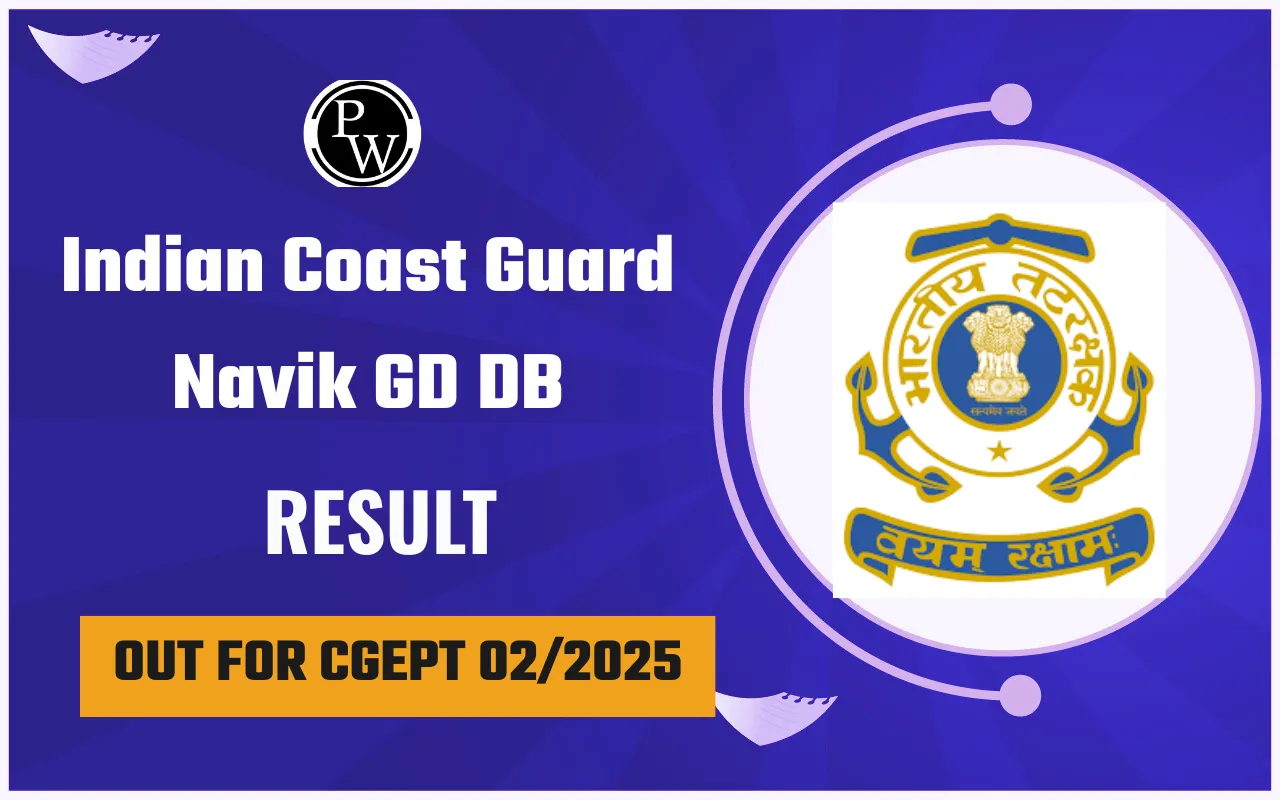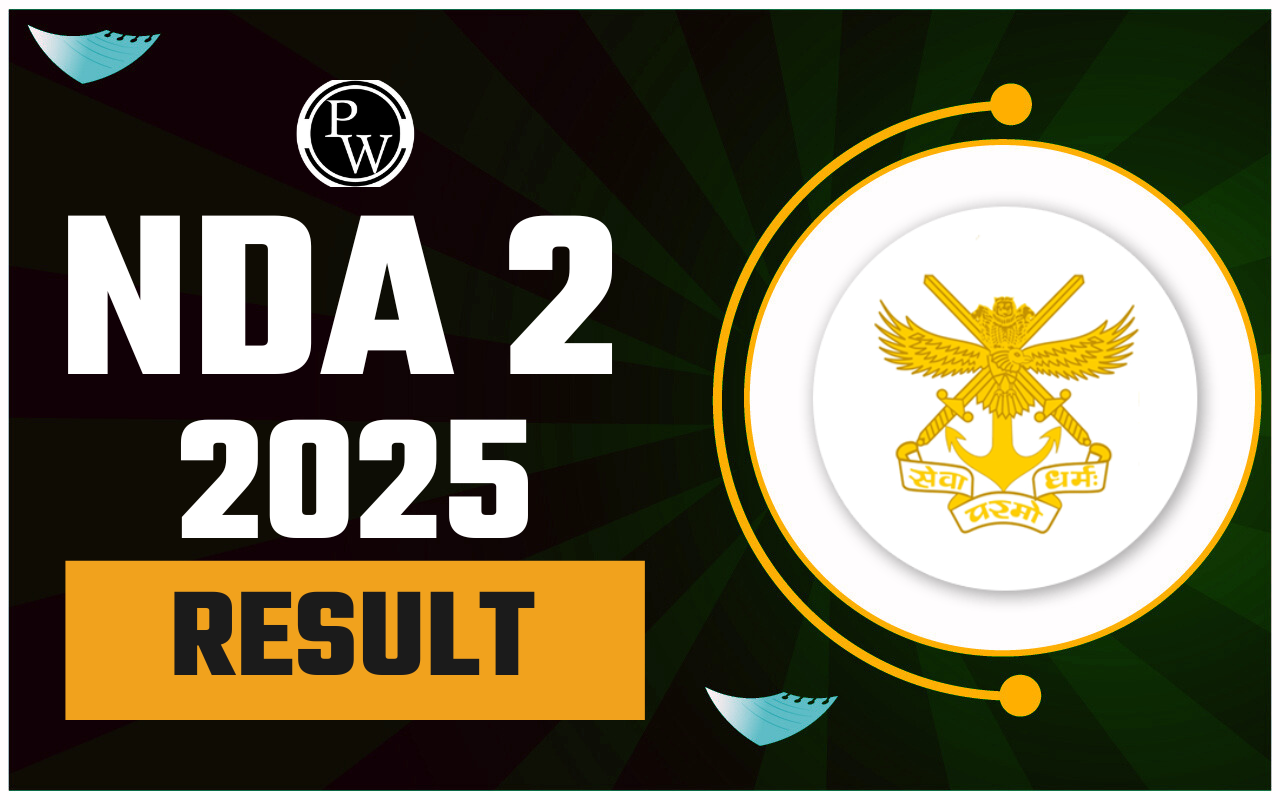
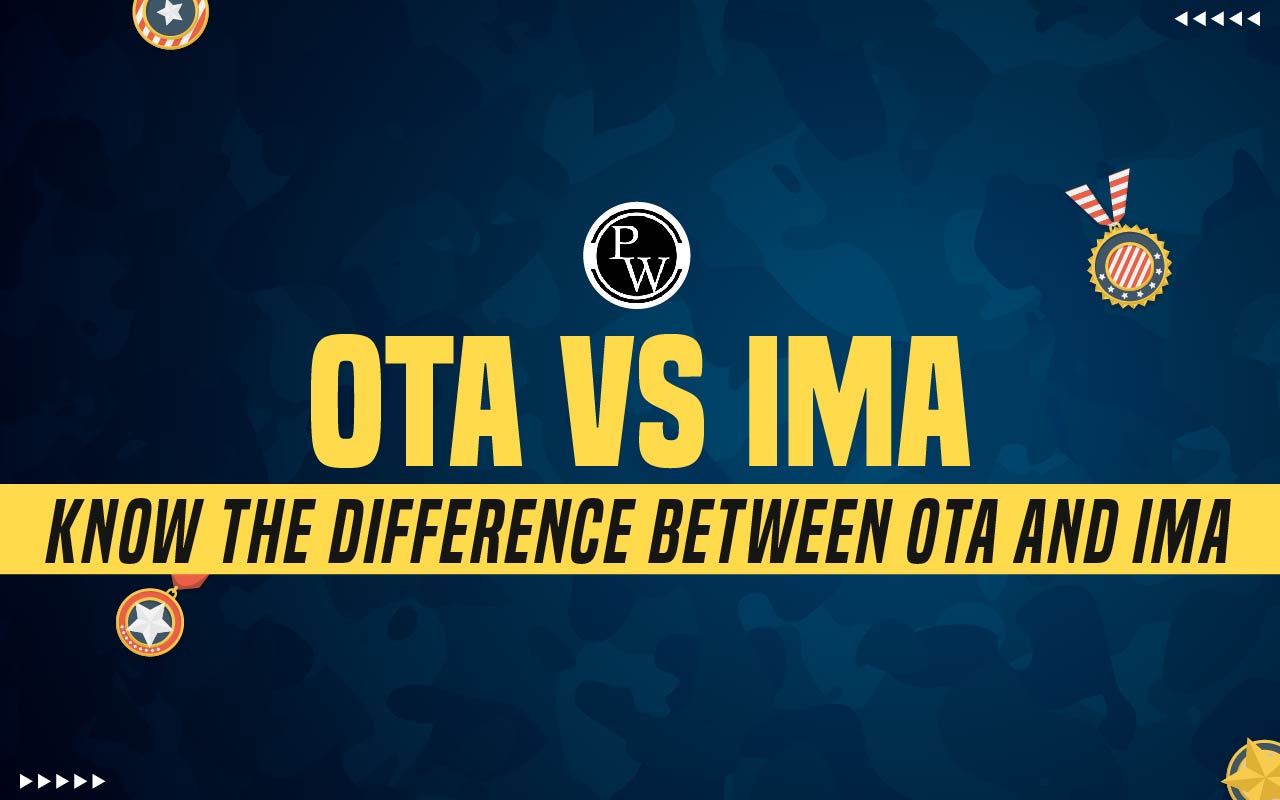
OTA VS IMA: When it comes to military training, two prestigious institutions stand out: the Officers Training Academy (OTA) and the Indian Military Academy (IMA). Both OTA and IMA are prestigious academies in India dedicated to shaping future leaders of the armed forces. Despite sharing the common goal of producing competent military officers, they differ significantly in their selection process, curriculum, training and target demographics. Let's look into the difference between OTA and IMA across various factors.
OTA VS IMA Overview
Before going into the detailed comparison between the Officers Training Academy (OTA) and the Indian Military Academy (IMA), it's essential to understand the significance of these two prestigious institutions of the Indian Armed Forces.| Detail | Officers Training Academy (OTA) | Indian Military Academy (IMA) |
|---|---|---|
| Establishment | Established in 1963 | Established in 1932 |
| Location | Located in Chennai, Tamil Nadu | Located in Dehradun, Uttarakhand |
| Type of Commissioning |
|
|
OTA VS IMA Selection Process
The selection process for admission to Officers Training Academy (OTA) and Indian Military Academy (IMA) is the channel through which aspiring candidates start off their journey towards becoming military officers. Understanding the details of these selection procedures is crucial for individuals aspiring to become the officers of the Indian Armed Forces.| Detail | Officers Training Academy (OTA) | Indian Military Academy (IMA) |
|---|---|---|
| Entry | Direct entry after graduation | Entry through Combined Defence Services (CDS) Examination or National Defence Academy (NDA) Examination |
| Eligibility | Graduation from a recognized university | Graduation from a recognized university |
| Age Limit | 19 to 25 years | 19 to 24 years |
| Written Exam |
|
|
| Physical Tests | Physical fitness tests including running, push-ups, sit-ups, and chin-ups | Physical fitness tests including running, push-ups, sit-ups, and chin-ups |
| Medical Standards | Candidates must meet the prescribed medical standards set by the Indian Army | Candidates must meet the prescribed medical standards set by the Indian Army |
OTA VS IMA Training
The curriculum and training methodologies employed by OTA and IMA play an essential role in shaping the capabilities and competencies of the officers they produce. Let's explore how these aspects differ between the two institutions.| Detail | Officers Training Academy (OTA) | Indian Military Academy (IMA) |
|---|---|---|
| Duration | 49 weeks for men and 11 months for women | Approximately 18 months |
| Entry | Direct entry after graduation | Entry through Combined Defence Services (CDS) Examination or National Defence Academy (NDA) Examination |
| Training Method | Intensive training in military tactics, leadership, and physical fitness | Comprehensive military and academic training covering various disciplines such as tactics, strategy, leadership, and physical conditioning |
OTA VS IMA Target Demographics
Understanding the demographics targeted by OTA and IMA is crucial as it influences the composition and diversity of officers within the Indian Armed Forces. Let's examine how OTA and IMA differ in their target demographics.| Aspect | Officers Training Academy (OTA) | Indian Military Academy (IMA) |
|---|---|---|
| Gender | Both men and women | Men only |
| Commission Type | Short Service Commission (SSC) | Permanent Commission (PC) |
OTA VS IMA Career
The purpose and career trajectory offered by OTA and IMA set the foundation for the type of service and leadership roles undertaken by their graduates within the Indian Armed Forces. Let's analyze the disparities in purpose and career trajectory between OTA and IMA.| Aspect | Officers Training Academy (OTA) | Indian Military Academy (IMA) |
|---|---|---|
| Career Path | Offers opportunities for short-term service in the Indian Army | Provides avenues for long-term service and leadership roles in the Indian Army |
| Specializations | Offers diverse career options within the Indian Army, including combat and support roles | Provides training for combat arms and combat support arms |
OTA VS IMA FAQs
Q1. What is the difference between OTA and IMA?
Ans. Officers Training Academy (OTA) primarily trains Short Service Commission (SSC) officers, while Indian Military Academy (IMA) focuses on Permanent Commission (PC) officers.
Q2. When were OTA and IMA established?
Ans. OTA was established in 1963, whereas IMA was established in 1932.
Q3. Where are OTA and IMA located?
Ans. OTA is located in Chennai, Tamil Nadu, and IMA is located in Dehradun, Uttarakhand.
Q4. What is the age limit for admission to OTA and IMA?
Ans. Candidates applying for OTA must be between 19 to 25 years old, while for IMA, the age limit is 19 to 24 years.
Q5. What is the selection process for OTA and IMA?
Ans. OTA candidates enter directly after graduation, while IMA candidates go through the Combined Defence Services (CDS) Examination or National Defence Academy (NDA) Examination.
🔥 Trending Blogs
Talk to a counsellorHave doubts? Our support team will be happy to assist you!

Check out these Related Articles
Free Learning Resources
PW Books
Notes (Class 10-12)
PW Study Materials
Notes (Class 6-9)
Ncert Solutions
Govt Exams
Class 6th to 12th Online Courses
Govt Job Exams Courses
UPSC Coaching
Defence Exam Coaching
Gate Exam Coaching
Other Exams
Know about Physics Wallah
Physics Wallah is an Indian edtech platform that provides accessible & comprehensive learning experiences to students from Class 6th to postgraduate level. We also provide extensive NCERT solutions, sample paper, NEET, JEE Mains, BITSAT previous year papers & more such resources to students. Physics Wallah also caters to over 3.5 million registered students and over 78 lakh+ Youtube subscribers with 4.8 rating on its app.
We Stand Out because
We provide students with intensive courses with India’s qualified & experienced faculties & mentors. PW strives to make the learning experience comprehensive and accessible for students of all sections of society. We believe in empowering every single student who couldn't dream of a good career in engineering and medical field earlier.
Our Key Focus Areas
Physics Wallah's main focus is to make the learning experience as economical as possible for all students. With our affordable courses like Lakshya, Udaan and Arjuna and many others, we have been able to provide a platform for lakhs of aspirants. From providing Chemistry, Maths, Physics formula to giving e-books of eminent authors like RD Sharma, RS Aggarwal and Lakhmir Singh, PW focuses on every single student's need for preparation.
What Makes Us Different
Physics Wallah strives to develop a comprehensive pedagogical structure for students, where they get a state-of-the-art learning experience with study material and resources. Apart from catering students preparing for JEE Mains and NEET, PW also provides study material for each state board like Uttar Pradesh, Bihar, and others
Copyright © 2025 Physicswallah Limited All rights reserved.
Get App
